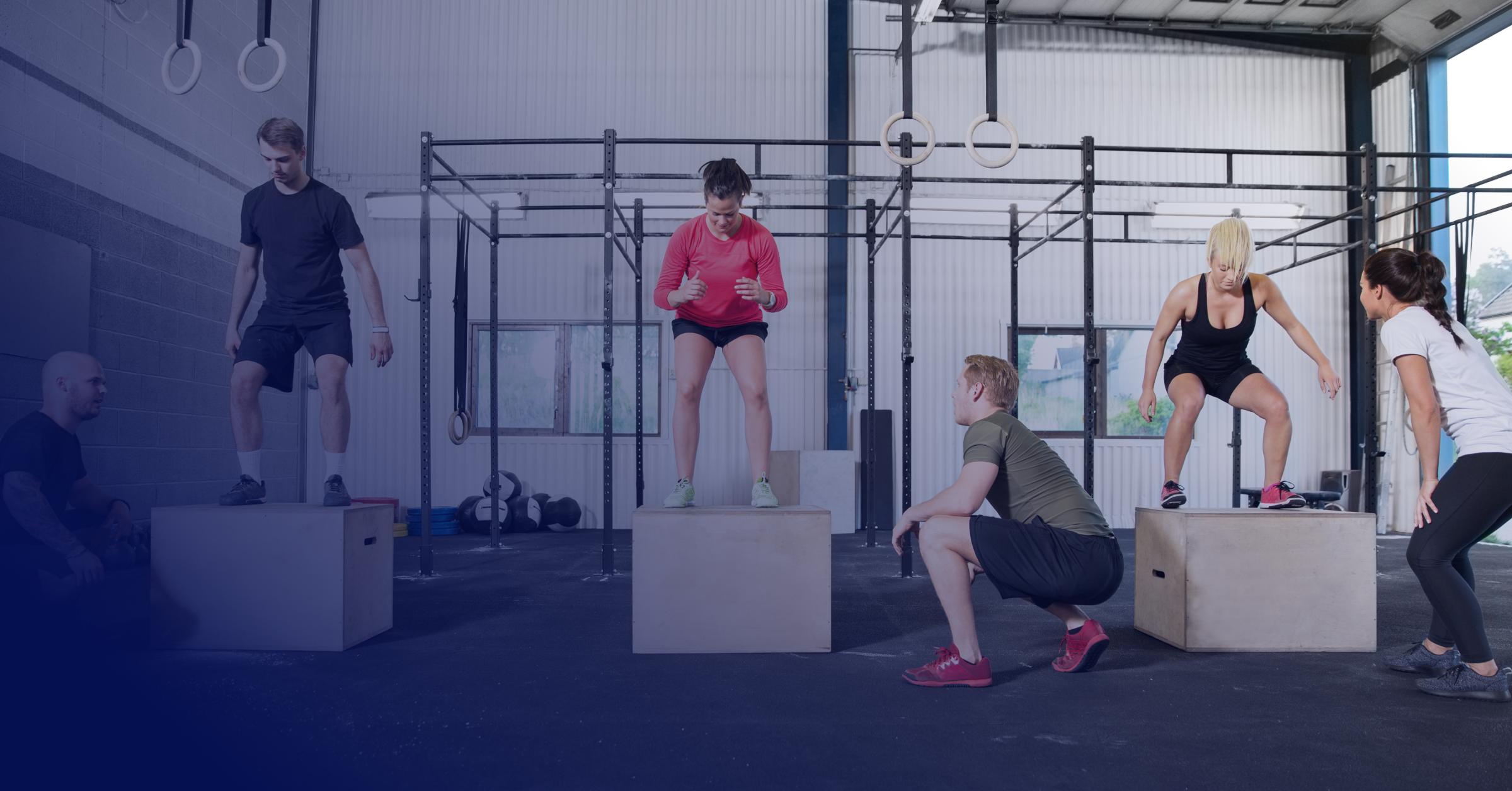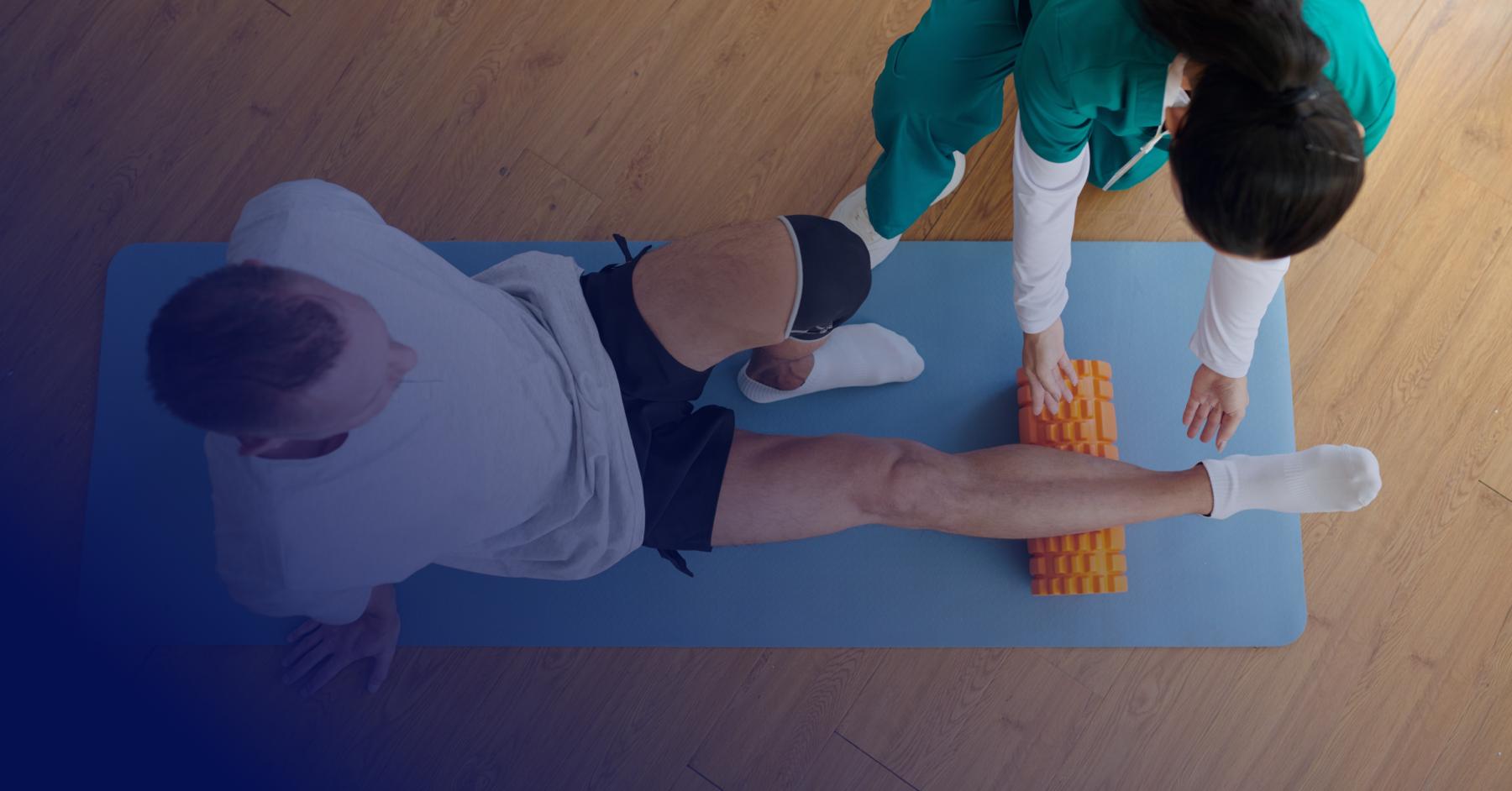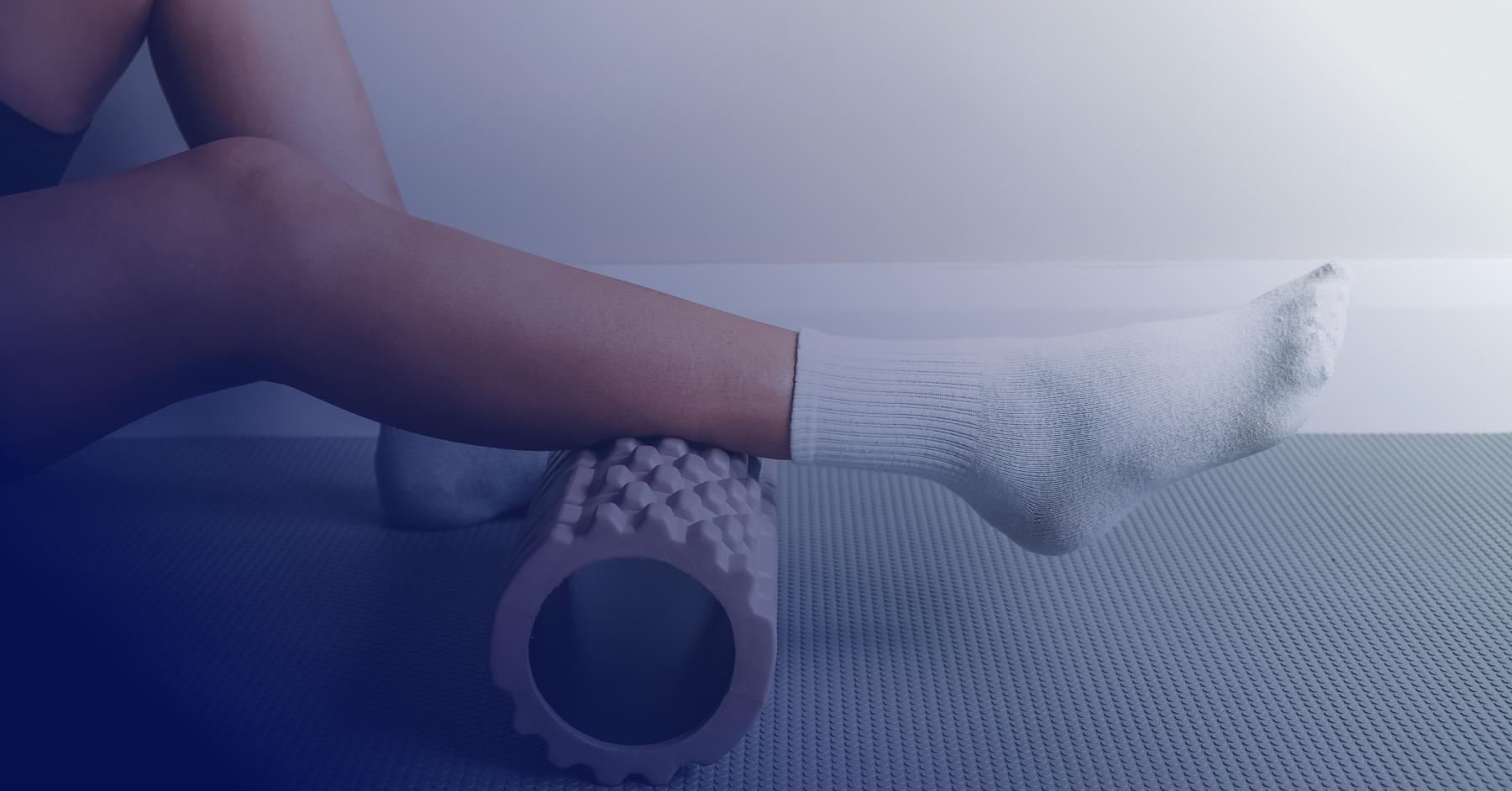Avoid CrossFit Injuries With These Tips
Sports Medicine, Physical Therapy

CrossFit has soared to become one of the most popular training programs in the world. But that doesn’t mean it won’t cause injuries. Here’s how to avoid them.
In just 20 years, CrossFit has skyrocketed in popularity, making it one of the most in-demand fitness programs around the globe. In fact, a 2023 study counted more than 15,000 CrossFit training centers (or "boxes" in CrossFit lingo) worldwide, with 5 million participating athletes.
Based on everyday functional movements—such as climbing stairs or lifting objects—CrossFit takes these activities to the next level with high-intensity workouts, all to build strength, speed, agility, and endurance. Each workout is different, providing a full range of exercises.
Known as the "Workout of the Day," one session might feature weightlifting, while the next could focus on running.
Although CrossFit is a great overall conditioning program, its demanding and strenuous sessions can lead to injuries. But with these tips, you can easily avoid CrossFit injuries.
6 Common CrossFit Injuries
Unfortunately, CrossFit injuries do happen. According to a study of 424 CrossFit athletes aged 18 to 60, 48 percent reported suffering an injury at some point during their training careers, most commonly affecting the following joints and body parts:
- Shoulder: Pull-ups and presses put severe strain on the shoulder joint, leading to rotator cuff injuries and dislocations. Among the athletes studied, 21 percent said they hurt their shoulder—the highest percentage of all injury types.
- Lower back: Nearly 20 percent of the study’s participants reported lower back strain. Lifting weights or doing squats improperly is often the cause of lower back pain.
- Knee: Knee injuries are common in CrossFit athletes due to the jumping and quick direction changes involved in the workouts. Knee tendon strains and anterior cruciate ligament (ACL) tears are the most common knee injuries.
- Wrist: Weightlifting and other CrossFit exercises rely heavily on wrist use, which can lead to stress and strain on the joint.
- Elbow: Even CrossFit athletes can develop tennis elbow, an inflammation of the elbow tendons caused by repetitive movements.
- Muscles: While CrossFit is excellent for strengthening muscles, overtaxing them can lead to strains and even ruptures. The hamstrings are particularly vulnerable to muscle strains.
Does CrossFit Cause More Injuries Than Other Workouts?
CrossFit is a high-intensity workout, but does it cause more injuries than other intense exercises or sports? Not necessarily.
According to a study published in the Human Kinetics Journal, CrossFit’s injury rate of 3.1 injuries per 1,000 hours of training is comparable to other strenuous sports like Olympic weightlifting, gymnastics, rugby, long-distance running, and track and field.
In other words, while CrossFit offers an intense workout, the likelihood of injury is about the same as in any other challenging training program. However, you can take precautions to reduce the risk of injury.
Tips for Avoiding a CrossFit Injury
CrossFit has gained such a large following due to its intensity and the variety of workouts that target each part of the body and improve overall fitness. Fans of CrossFit don’t want to stop, and following these tips can help you avoid injury:
- Do Isometric Exercises Before Your Session Prepare for your workout with isometric exercises, which increase strength by contracting specific muscles without lengthening them. One example is the low squat:
- Stand with your feet slightly wider than hip-width apart. Your toes may point outward, and you can place your hands on your hips or in front of you.
- Slowly lower your hips into a sitting position as you bend your knees, ensuring your knees don’t move forward.
- Lower your body until your thighs are parallel to the floor or just below knee level, keeping your heels on the ground and your spine neutral.
- Hold this position for 10 to 30 seconds, then return to the starting position. Complete 3 to 5 rounds.
- Shorten Your Workout Time and Don’t Overtrain CrossFit athletes often aim to do as many reps/rounds as possible in each session. However, risk factors for injury include prolonged workout duration and overtraining. Intense, prolonged sessions can lead to exhaustion, which increases the likelihood of injury. By shortening your workout time or reducing the intensity occasionally, you’ll significantly lower your risk.
- Don’t Train in Pain The "no pain, no gain" mentality doesn’t apply when it comes to CrossFit—or any strenuous workout, for that matter. While it's normal to experience mild muscle soreness, persistent or intense pain should be addressed by a healthcare professional. Ignoring pain can lead to more serious injuries.
- Work with a Trainer or PT One of the benefits of CrossFit is its group setting, where athletes can compete and train alongside others. This also provides access to experienced trainers who can assess your fitness level and offer guidance on improving your technique to prevent injuries. Consulting with a physical therapist can also help you optimize your workouts and recover from injuries more effectively.
Get Ready to CrossFit
At All Sports Physical Therapy, our therapists focus on helping patients achieve peak performance in whatever sport they choose, whether it’s running, weightlifting, or CrossFit.
Our goal is to not only help you overcome injuries but also to teach you how to maximize your workouts with personalized exercises. Contact us today to schedule an appointment.



